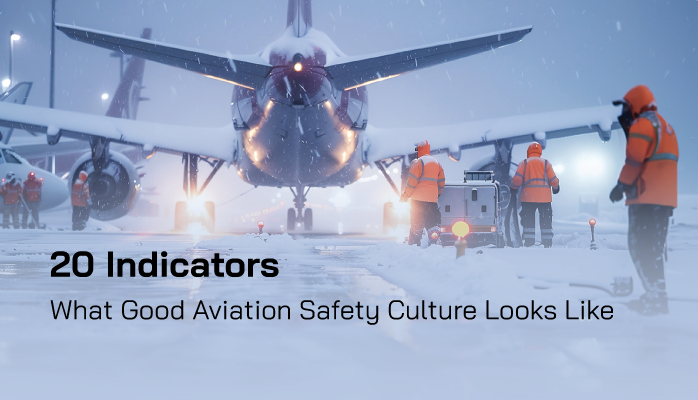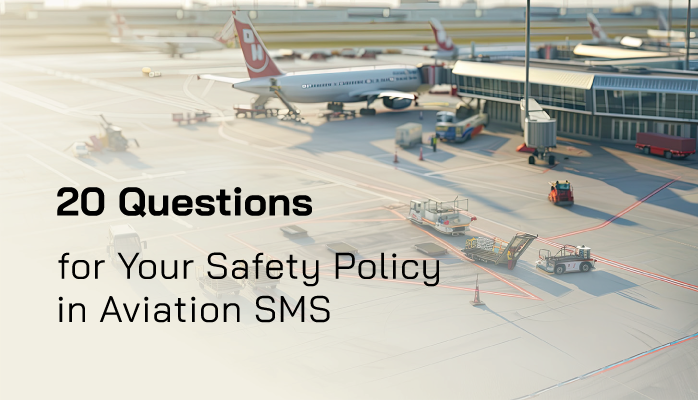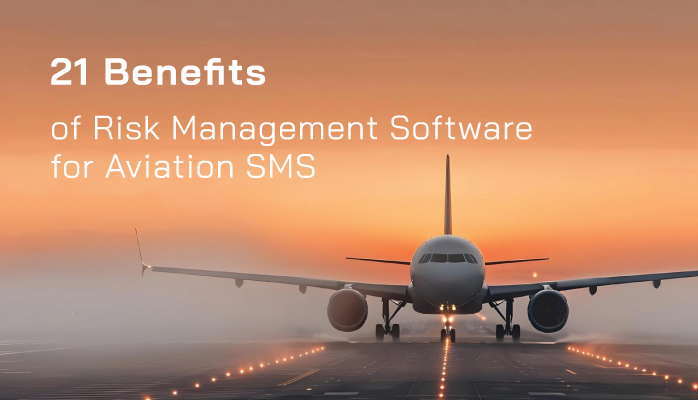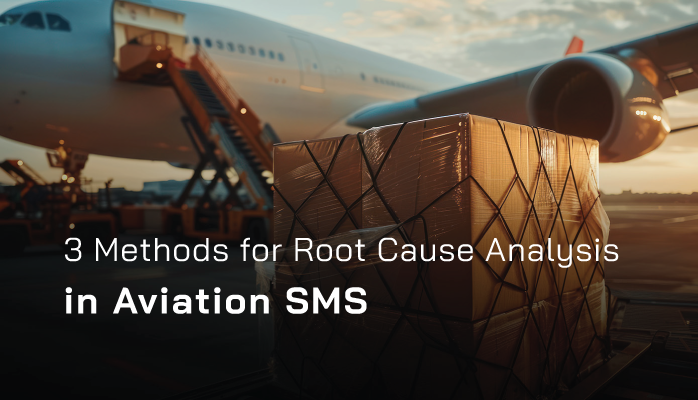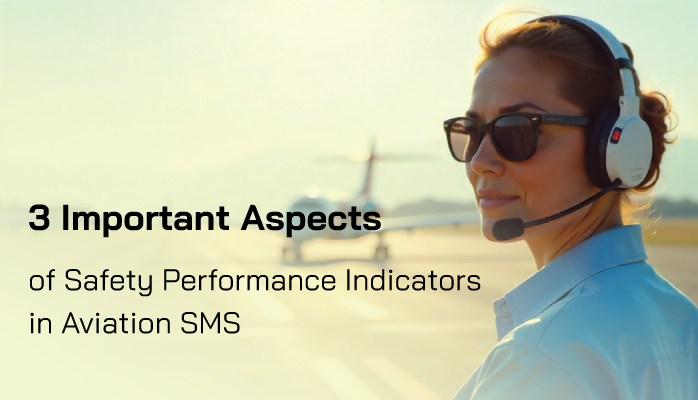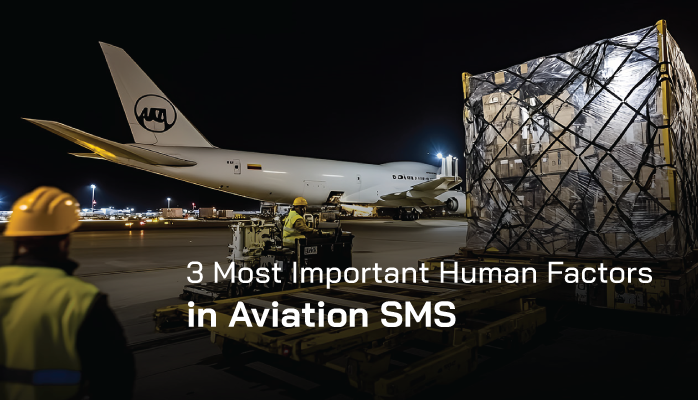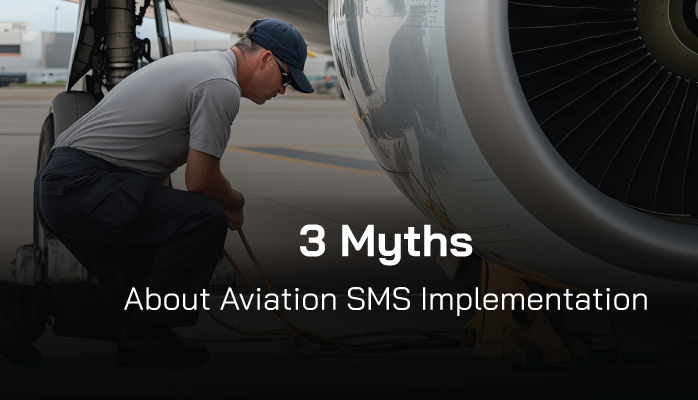Stu Martin
Stu Martin is an accomplished aerospace safety engineer with over 25 years of experience in the aviation industry. Beginning his career on the ramp, Stu developed a hands-on understanding of aircraft operations, maintenance, and safety protocols. His journey from ground operations to engineering has equipped him with a unique perspective on aviation safety, blending practical expertise with technical rigor. Stu has contributed to numerous safety initiatives, including the development of risk assessment frameworks and incident investigation protocols, earning recognition for his commitment to enhancing operational safety. A respected voice in the field, he continues to advocate for robust safety cultures within aviation organizations worldwide.
Defining Good Safety Culture in Aviation SMS
Safety culture will be the last thing to develop in your SMS.
Once you fully implement your SMS design (Phase 3 of SMS implementation), you will need to monitor your SMS to ensure it is functioning as designed.
Read More
Topics:
Safety Culture
What Is Safety Policy in Aviation SMS
Your Safety Policy is the canon of your aviation safety program. It outlines all of the essential information anyone in your company would want to know regarding safety. It is one of the first components of your SMS that you will develop. It will be the document that you:
Read More
Topics:
1-Safety Policy
Oversight Agencies Need to Support Risk Management Software
Something we hear about all the time is the general lack of support from regulatory oversight agencies during inspections and audits. This lack of support that safety managers complain about regards the usage of risk management software in audits that aviation service providers use daily to manage their required safety management systems (SMS).
Read More
Topics:
Risk Management Software
Seeking Out Mistakes in Aviation SMS Implementations
Being honest about mistakes is hard.
It’s even harder to try and seek out mistakes you are making that you do not know you are making.
Read More
Topics:
3-Safety Assurance
How to Conduct Root Cause Analysis
Every aviation safety management system (SMS) contains a subsystem to manage risk associated with reported safety issues and audit findings. This subsystem can be called the SMS' risk management system as this system provides the logical workflow necessary to efficiently:
Read More
Topics:
3-Safety Assurance
Aviation SMS Structure Is the Backbone of a Safety Program
The management of aviation safety is a shared responsibility among all levels (i.e., stakeholders) of an organization.
Top management has to set the basis for establishing
Read More
Topics:
Risk Management Software
Understanding What Safety Performance in Aviation SMS Is
Safety performance in aviation safety management systems (SMS) can be difficult to fully comprehend because it involves so many moving parts.
Read More
Topics:
3-Safety Assurance
Communication Critical to Aviation Safety Managers Role
Aviation safety managers need to give feedback – both praise and criticism – to employees and management regularly. It’s an essential part of their role as a leader in driving the performance of their aviation safety management system (SMS).
Read More
Topics:
3-Safety Assurance
Root Human Factors and Symptomatic Human Factors
The Dirty Dozen Human Factors in aviation safety management systems (SMS) are not isolated factors.
They are an interwoven set of human actions that influence each other. And they are not all created equal.
Read More
Topics:
3-Safety Assurance
Be Aware of Your Aviation Safety Management Myths
Awareness is a great weapon for overcoming problems in aviation safety management systems (SMS). When aviation safety managers try to implement an aviation SMS while at the same time clinging to myths:
- People get hurt;
- The company loses money; and
- The SMS makes no progress.
Read More
Topics:
1-Safety Policy

